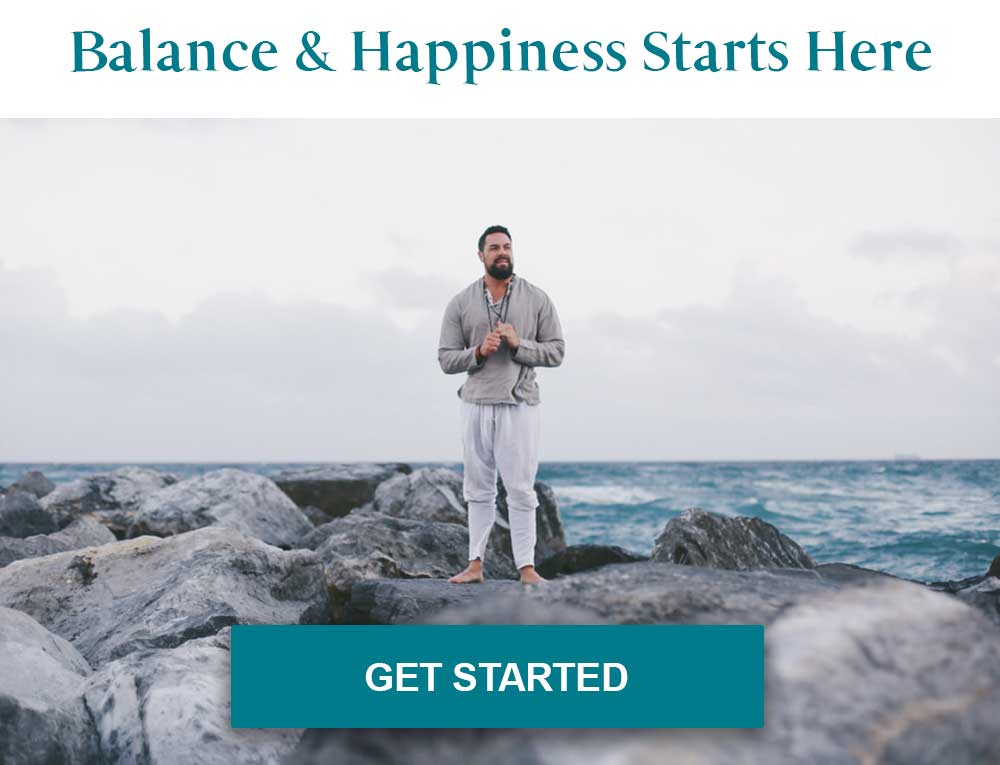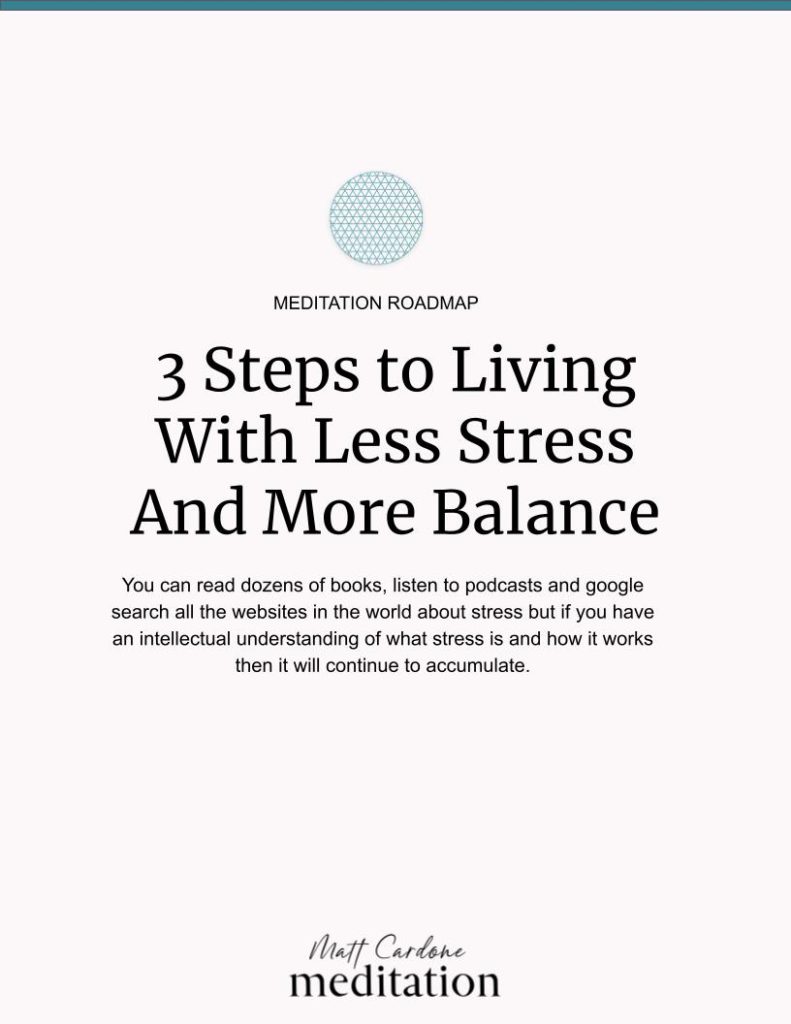First, some important background about Vedic Meditation.
Vedic meditation is an ancient practice with a long and important history, originating more than 5000 years ago. The tradition takes its name from the sacred texts, the Vedas, the first transcribed rendering of what had previously been an entirely oral tradition. Many of the concepts of Indian philosophy you’re most likely to have heard about—like Dharma or Karma—trace their root to the Vedas.
Vedic meditation practice uses a mantra, a meaningless sound, that can help quiet the mind and settle the body. A mantra pulls you into a subtle state of awareness that some compare to a feeling like lucid dreaming. Those just learning Vedic meditation use seed mantras, simplified sounds that are the best meditation method to learn how to meditate on your own as a beginner.
Vedic meditation is simple to learn and easy to do. It’s effortless. It’s gentle. It is open to anyone of any age or physical ability. It requires no special equipment and can be done almost anywhere. And it fits easily with our modern busy lives.
In the Beginner Course you learn how to meditate with a mantra, using the simple technique of sitting comfortably, eyes closed, twice a day for twenty minutes at a time.
Little else in life requires so little time, energy or input and has so many benefits.
Why Vedic Meditation
One of the reasons why the ancient practice of Vedic meditation still has such a strong foothold in our modern world is because of its many benefits.
Ours is a culture of busy-ness, perfectionism and stress. In our seemingly endless quest for more, our appetites are never satiated. There is never enough. There is always more work to be done, more possessions to acquire, more action items to cross from bottomless lists.
Even our vacations from this constant pursuit of more put incredible stresses on our minds, bodies and wallets.
We decorate our homes and upgrade our cars, we follow fashion trends and social media influencers, we have multiple simultaneous conversations over digital media but we struggle to appreciate the real people that are right in front of us.
We plug in our phones, but we don’t recharge ourselves.
(This, by the way, is what I say to those who think “I don’t have time to meditate”: if you’ve got time to scroll through Instagram or Facebook for twenty minutes, why not spend that time in a totally easy, effortless, and comfortable meditation that will leave you feeling restored? Have you ever felt like you hit the reset button on your day after a marathon of Candy Crush?)
We’re used to being told that good things come to those who wait, no pain no gain, and that results take time. But none of this is true about meditation. Vedic meditation is easy, and when you learn how to meditate properly and with a mantra you can start enjoying the benefits after your very first session with me.
The Benefits of Vedic Mediation
Now that you understand a bit about the history and methodology of Vedic Meditation and some of the reasons why you should practice Vedic Meditation it’s time to examine some of the ways you can benefit from a correct and consistent meditation practice.
Taking time for yourself, twice a day for just twenty minutes, can make you feel healed and restored both mentally and physically. Taking a course in meditation techniques for beginners can help anyone experience immediate benefits when they practice daily meditation.
Those who practice Vedic meditation report feelings of reduced stress and anxiety, and are better able to manage feelings of anger and grief.
Nightly sleep patterns improve, with a greater ease falling asleep and staying asleep, an easier time waking up in the morning, and rising feeling more rested.
With diminished anxiety comes greater peace of mind, calmness, deeper relaxation, and heightened feelings of gratitude for and appreciation of the people, places and things that really matter.
Practitioners generally feel themselves becoming in tune with their mind and body, finding clarity and focus with both a higher level of consciousness and a deeper spiritual connection and understanding.
You can practice meditation for stress relief, meditation for anxiety, meditation for healing and meditation for mindfulness.







